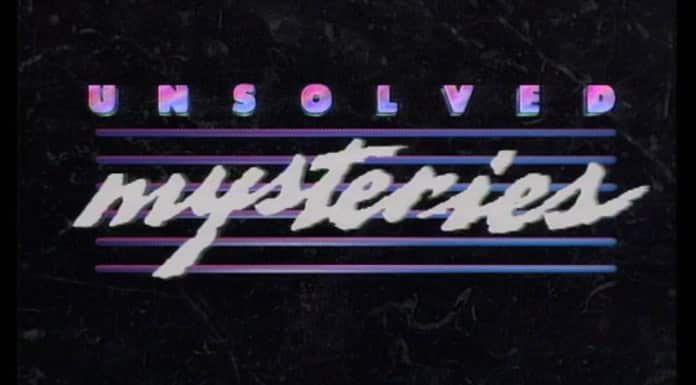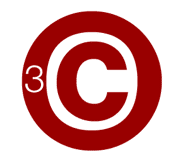

Have any suggestions for the 3 Count? Let me know via Twitter @plagiarismtoday.
1: Settlement Of Suit Over Tom Brady Photo Leaves Major Online Copyright Issue Unresolved
First off today, Kai Falkenberg at Forbes reports that the lawsuit over a photo of Tom Brady has been settled but the resolution leaves a major copyright legal issue unresolved.
The case centered around photographer Justin Goldman who, in 2016, took a photo of Tom Brady and Celtics general manager Danny Ainge. He posted the photo to his Snapchat Story but several people grabbed the photo from there and posted in Twitter, from where several news outlets embedded it on their sites. Goldman sued many of those outlets and, after a lower court ruled that embedding did not protect the sites from allegations of infringement, most of the defendants settled.
Now, with just two defendants left, Goldman has decided to dismiss the rest of the case saying it no longer makes sense to continue. However, the lower court ruling has upended years of legal understanding on the subject of embedding and, without an appeal, there’s no answers to those legal questions. This could generate a great amount of legal uncertainty on the topic and change how embedded content is used.
2: Media & Telecoms Companies Reveal “Self-Learning” Anti-Piracy System
Next up today, Andy at Torrentfreak writes that the Media Communications Union, an organization that represents the major ISPs and tech companies in Russia, have revealed a new anti-piracy system that aims to automate much of the copyright enforcement process.
The new system is the result of a memorandum that the companies signed in November that saw Russian tech companies vowing to do more to fight piracy. The new system will forge a database of pirated content that all ISPs and major sites that host content will query and filter out infringing links and content.
However, what’s attracting the most attention to the system is that it will use custom software to automatically detect pirate content. The hope is that a “neural network” will learn what kinds of content need to be blocked and that human intervention will be less and less necessary over time. This has sparked excitement among the ISPs that it can streamline copyright enforcement but concerns that the filters may target legitimate content.
3: Another Satoshi: Second Copyright Filing Appears for Bitcoin White Paper
Finally today, Daniel Palmer at Coindesk reports that a second copyright registration has been filed for the original software and whitepaper for Bitcoin, this one attributed to an unknown individual named Wei Lin.
The registration comes shortly after a similar one was filed by Craig Wright, who said the registration bolstered his claim to be Bitcoin’s pseudonymous creator Satoshi Nakamoto. Wright has been on a campaign to not just to claim Bitcoin as his creation, but say that Bitcoin does not comply with the original vision he laid out and encourage users to switch to Bitcoin SV (for “Satoshi Vision”).
Wright has threatened those who dispute his claim with defamation lawsuits and pointed to his registration as proof that he is Satoshi Nakamoto. However, the U.S. Copyright Office released a statement saying that it doesn’t determine the veracity of registrations and, as such, the registration provides no such proof. This is furthered by the second registration for the same materials, driving home the point that the Copyright Office simply checks for the completeness of the registration, not its accuracy.
The 3 Count Logo was created by Justin Goff and is licensed under a Creative Commons Attribution License.
Want to Reuse or Republish this Content?
If you want to feature this article in your site, classroom or elsewhere, just let us know! We usually grant permission within 24 hours.